In the world of portfolio and project management, the choice between Roadmaps and Gantt charts is often pivotal. It determines the effectiveness of strategic planning and execution. For project managers, Gantt charts have long been a valuable staple to align projects. However the discipline of Roadmapping emerges as a superior and more strategic alternative for managing projects.
In this blog, we'll explore five compelling reasons why Roadmapping stands head and shoulders above Gantt charts, offering a transformative approach to project visualization and strategic alignment.
What's the difference between a product roadmap and a Gantt chart?
A product roadmap is a strategic, high-level visualization that outlines the vision, goals, and major initiatives for a product over time. It focuses on why and what you're building, aligning stakeholders around direction and priorities.
A Gantt chart, on the other hand, is a detailed, time-based scheduling tool that shows how and when tasks will be completed. It’s ideal for project execution, displaying task dependencies, durations, and deadlines.
Both project management tools are essential for successful product delivery. Roadmaps provide the strategic foundation and stakeholder alignment, while Gantt charts translate that strategy into actionable project planning that teams can execute effectively.
When should I use a product roadmap vs. Gantt chart?
Product roadmaps and Gantt charts serve distinct but complementary purposes in product development and management. Understanding their differences helps teams choose the right planning tools for each situation.
Use a product roadmap when:
-
You need to communicate vision and priorities to stakeholders
-
You're aligning cross-functional teams around outcomes and strategy
-
You want flexibility to adapt as priorities evolve
Use a Gantt chart when:
-
You’re executing a fixed plan with detailed task-level scheduling
-
You need to manage timelines and task dependencies
-
Your project requires precision over short- to mid-term delivery windows
What does a product roadmap look like compared to a Gantt chart?
-
A product roadmap typically uses swimlanes, timelines, themes, and strategic objectives — showing progress by initiative or goal rather than individual tasks.
-
A Gantt chart is a horizontal bar chart where tasks are listed vertically, and time runs horizontally. It's granular and focused on duration and sequence.
1. Can a product roadmap include Gantt chart features?
Yes. Many modern product roadmaps incorporate project timeline views, project milestones, and even dependencies — features traditionally associated with Gantt charts. However, roadmaps typically remain higher-level and more flexible than detailed Gantt charts.
2. What’s a milestone roadmap?
A milestone roadmap is a high-level planning tool that visually outlines key achievements or events over time — like product launches, decision gates, or major review points. It helps communicate progress and strategic checkpoints without detailing every task. Milestone roadmaps are ideal for executive communication and aligning teams around critical delivery targets while retaining flexibility.
3. Which is better & why for long-term planning: roadmap or Gantt chart?
A roadmap is better for long-term and high-level planning because it focuses on strategic direction, can adapt to change, and is easier to communicate at the executive level. Gantt chart templates are more rigid and best suited to short- to mid-term delivery planning.
4. How do product managers use a Gantt chart vs roadmap in practice?
-
Product managers use roadmaps to communicate vision, prioritize features, align teams, and guide strategic discussions.
-
They may use Gantt charts during development phases to track progress and delivery timelines and manage execution risk.
5 reasons why Roadmapping outshines Gantt charts
While Gantt charts excel at detailed project execution, roadmapping offers superior advantages for modern product development and product strategy planning:
1. Strategic alignment over detailed tasks
Roadmapping places strategic alignment at the forefront. Gantt charts predominantly focus on detailing individual tasks and timelines. Roadmaps emphasize what value you're delivering and why it matters, keeping team members focused on customer and business outcomes. Gantt charts can trap teams in activity-focused thinking - completing tasks on schedule without considering whether those tasks still serve the intended purpose.
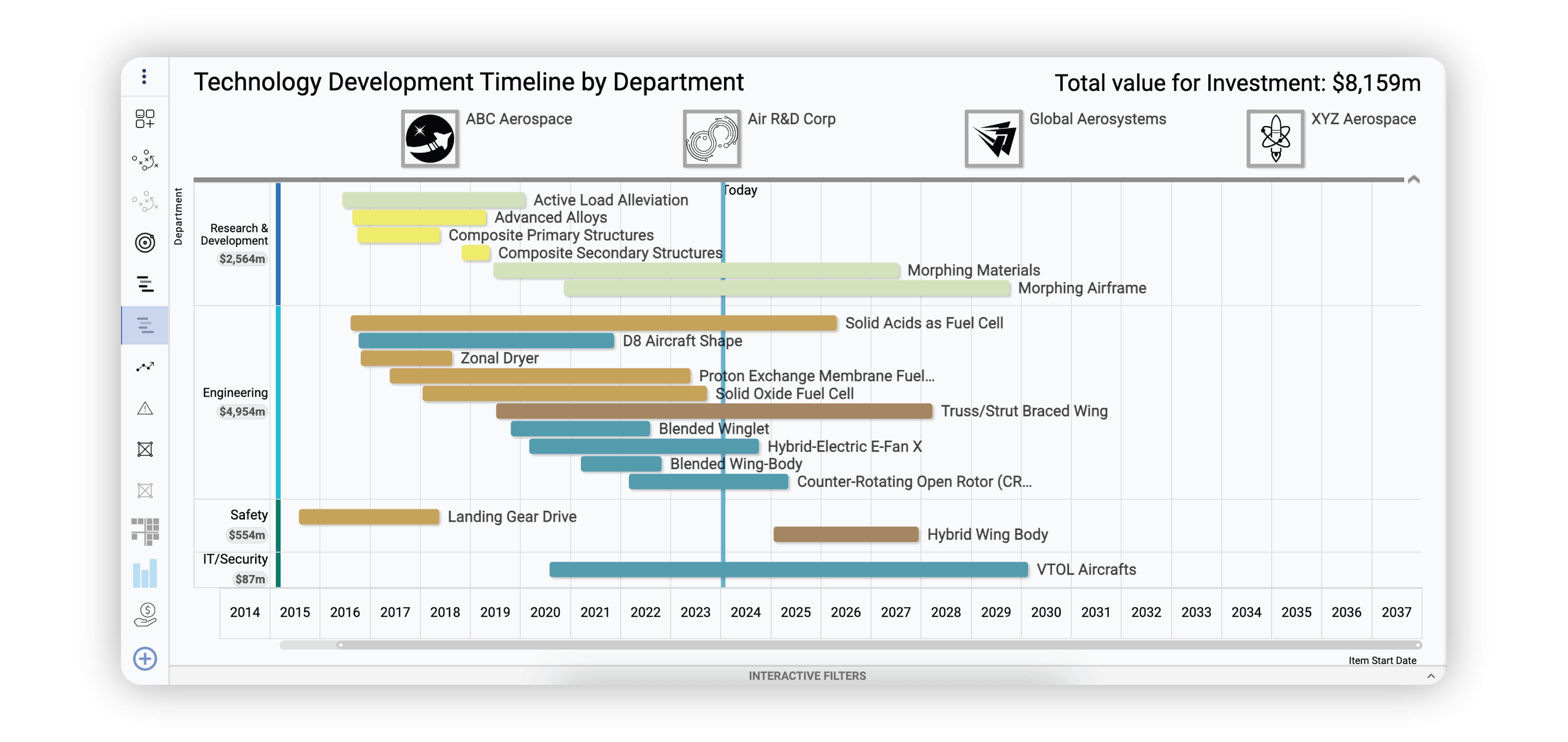
2. Adaptability in the face of change
Roadmaps are built for the reality of modern business - constant change, evolving customer needs, and market uncertainty. They shine in their flexibility. They allow project teams to pivot and adapt without completely rebuilding their plans. Gantt charts, with their rigid task dependencies and fixed timelines, become obsolete the moment priorities shift or unexpected challenges arise.
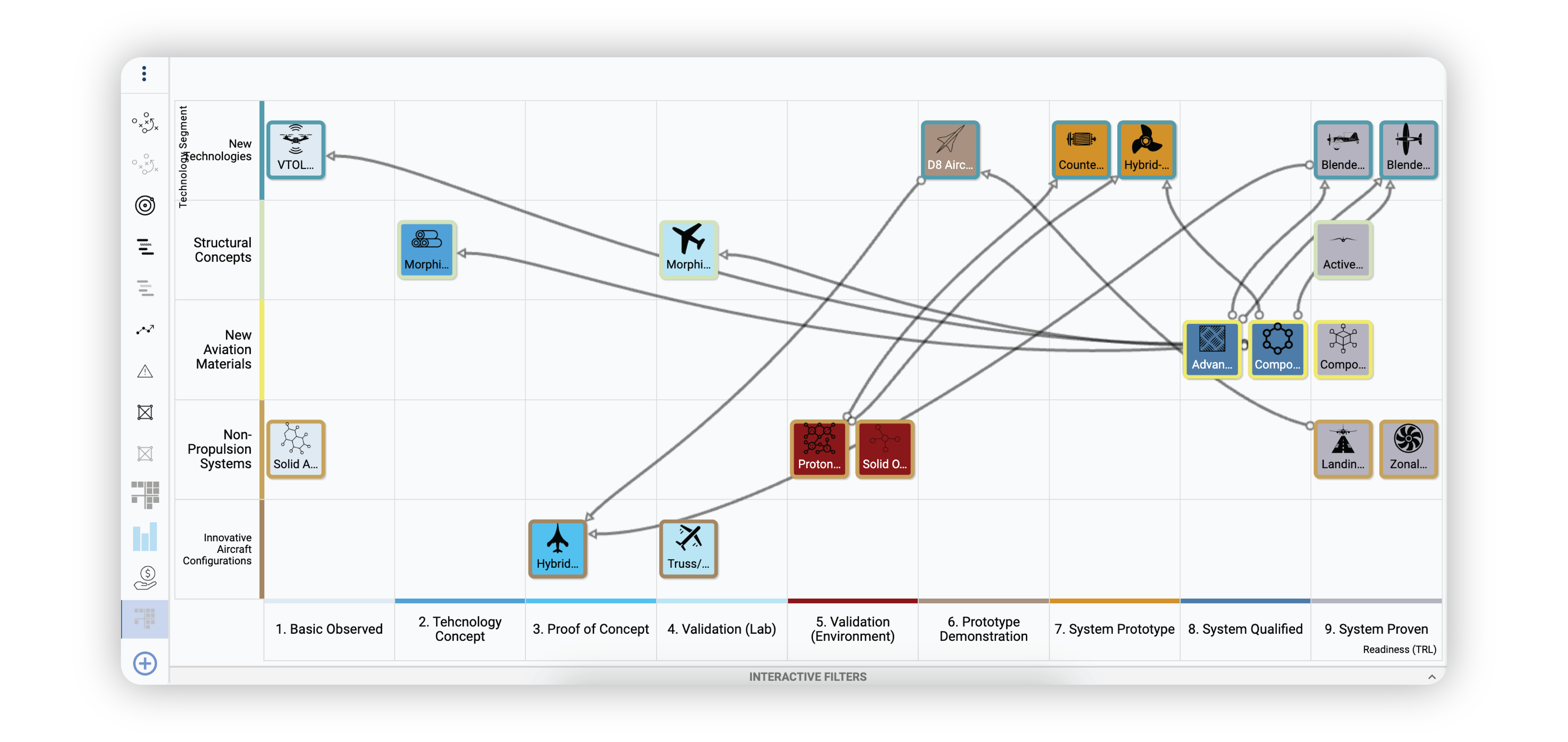
3. Enhanced stakeholder communication
Communication is the cornerstone of successful portfolio management. Roadmaps communicate effectively from the C-suite to individual contributors, providing different levels of detail for different audiences. They offer transparency and help manage stakeholder expectations by showing the big picture and rationale behind decisions. Roadmaps are easier to discuss and debate because they focus on value and strategy rather than getting lost in implementation details that stakeholders may not understand or care about.
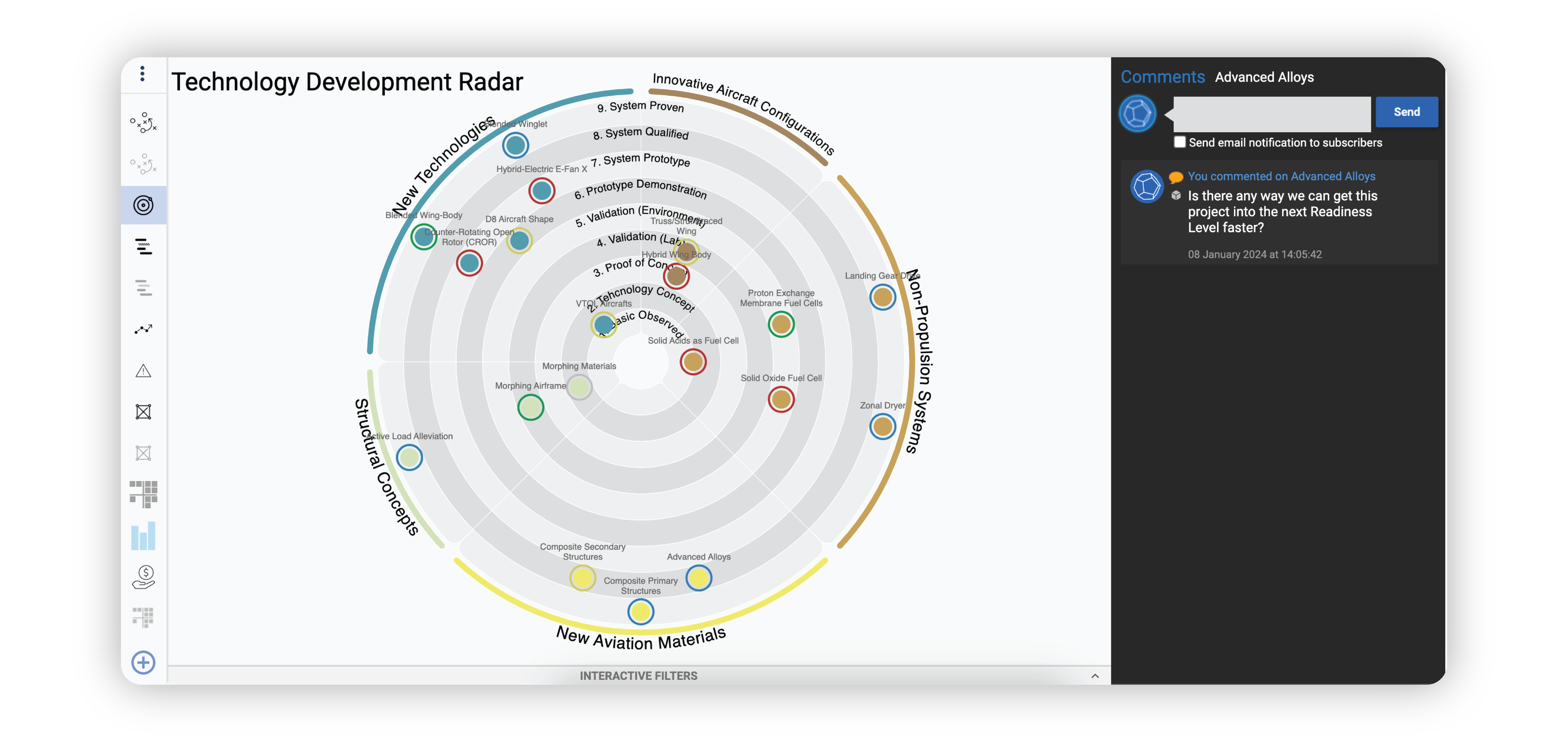
4. Emphasis on dependencies and relationships
Roadmapping excels in llustrating the intricate web of dependencies and relationships within a project and across the portfolio. Navigating and understanding these interconnections is pivotal for anticipating potential roadblocks. This will ensure a smoother journey toward project completion. Gantt charts, while highlighting task dependencies, may lack the holistic perspective that Roadmaps bring to the table.
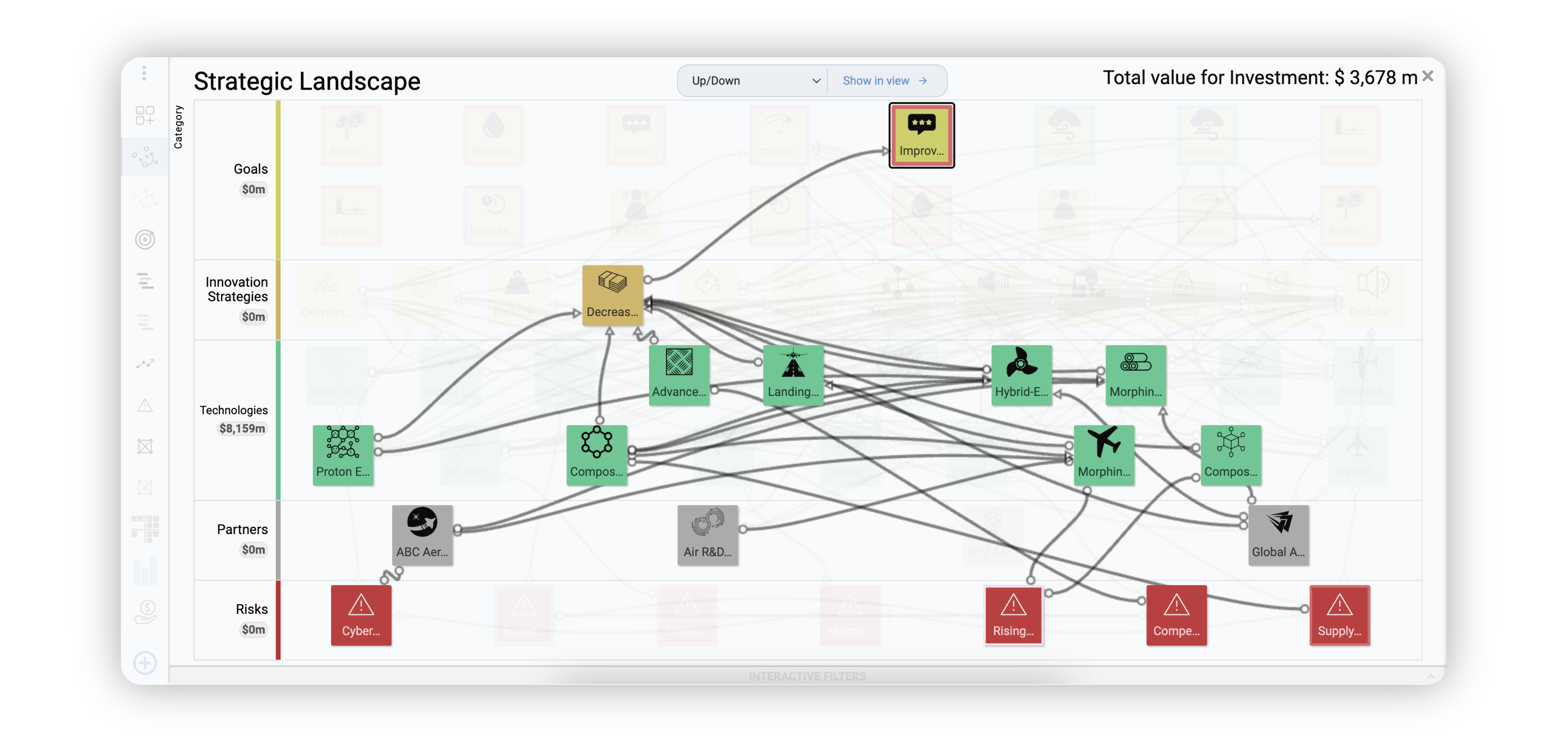
5. Holistic optimization beyond timelines
Roadmaps provide a holistic view that aligns every component with overarching organizational goals. This enables organizations to highlight areas of inefficiency and redundancy across processes, technologies, and resources before it’s too late. This broader view facilitates not only cost reduction but also improved overall performance.
By maintaining focus on high-level goals and customer value, roadmaps promote strategic decision-making about what to build next and why. Gantt charts encourage tactical thinking about how to complete predetermined tasks, which can lead to building the wrong things efficiently.
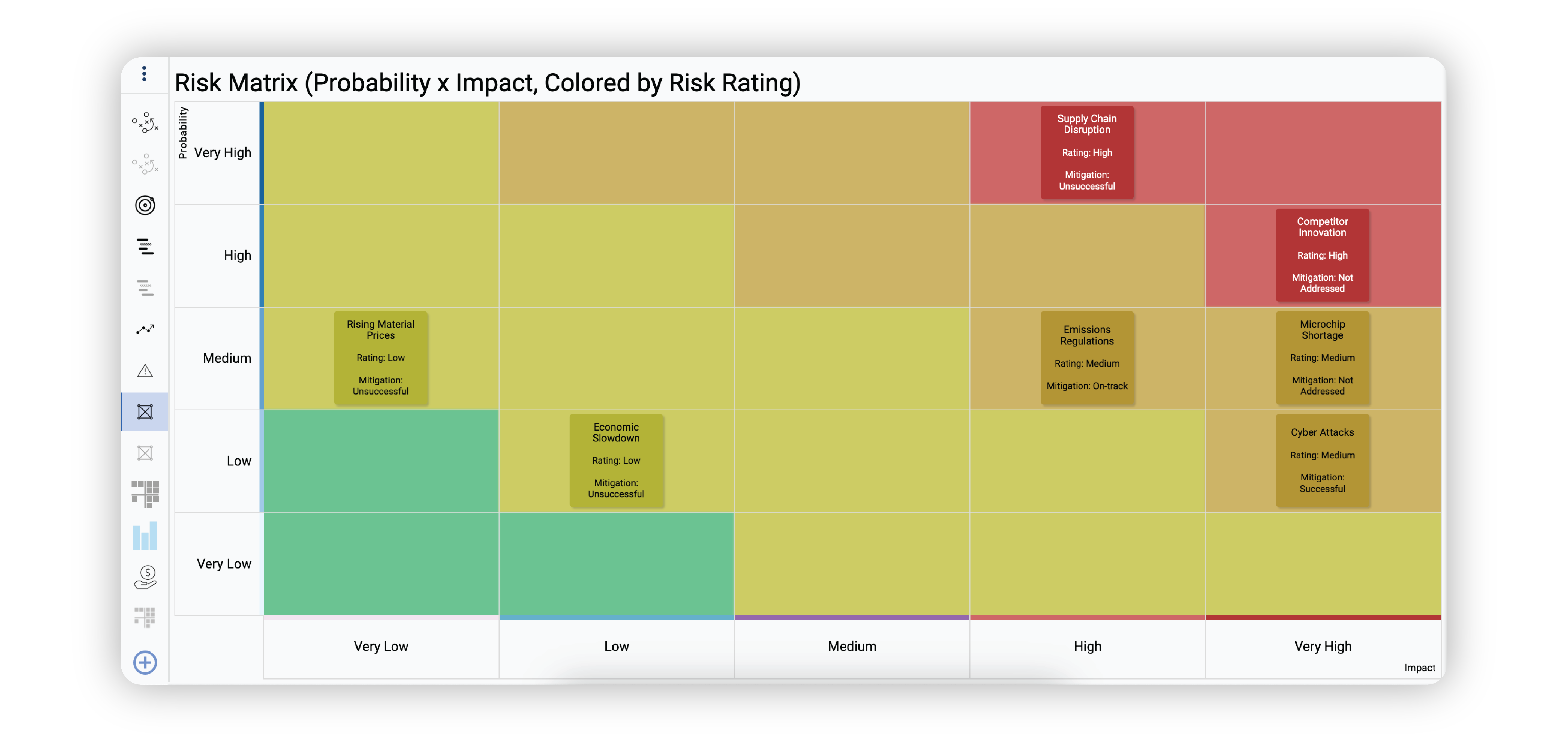
SharpCloud supports both roadmaps and Gantt chart-style views with:
-
Strategic product and project roadmaps with themes, goals, swimlanes, and strategic alignment
-
Timeline and Gantt-style views that allow you to visualize task sequences, milestones, and dependencies
-
Custom views tailored to executives, engineers, and project leads
SharpCloud replaces static Gantt charts with interactive, connected, and multi-dimensional roadmaps. It:
-
Links initiatives to strategy, risks, and dependencies
-
Allows scenario planning and what-if analysis
-
Integrates real-time data from other line of business tools; Excel, ERP, and BI tools and many more
-
Provides role-based views so each stakeholder sees what matters to them
Why choose a product roadmap platform over a project management tool with Gantt charts?
-
Bridge the gap between strategy and execution
-
Help manage uncertainty and shifting priorities
-
Support long-term planning, cross-functional alignment, and executive engagement
-
Better collaboration, transparency, and dynamic insight, not just task tracking
Navigating complex projects
In the ongoing debate between Roadmaps and Gantt charts, the superiority of Roadmapping becomes evident through its strategic focus, adaptability, enhanced communication, emphasis on dependencies, and holistic optimization capabilities.
As organizations navigate the complexities of portfolio and project management, Roadmapping emerges as the guiding beacon. Not just for successful project delivery, but for achieving strategic success aligned with overarching business goals. It's time to embrace the transformative power of Roadmapping - and a more strategic and impactful approach to project management.


